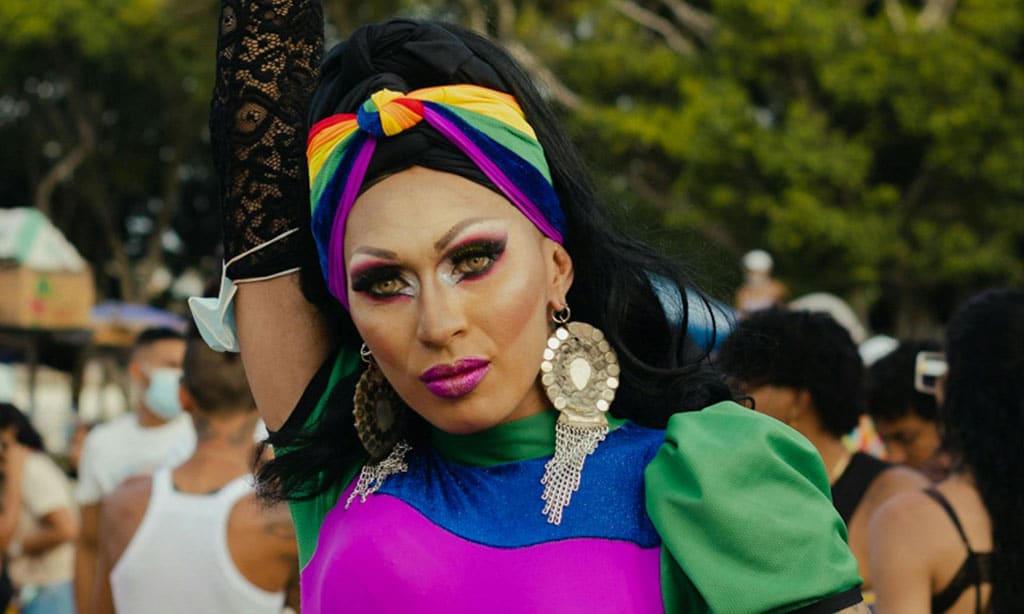Introduction
The origin of the term Drag is uncertain, although there’s no denying how fabulous the artform truly is and how much it means to the LGBTQ+ community and culture. Drag has extended much further than a performance over the years with Drag itself becoming a culture. On International Drag Day we observe and celebrate this art on an international scale.
What is International Drag Day?
International Drag Day is a key LGBTQ+ awareness date which people around the world take an opportunity to celebrate and thank Drag artists internationally for what they add to gay life and LGBT culture.
When is International Drag Day?
International Drag Day is celebrated annually on the 16th of July. On this date members of the LGBTQ+ community and further observe and celebrate the art of Drag and what it provides to the gay scene internationally.

When did International Drag Day begin?
International Drag Day was founded back in 2009 by Adam Stewart through his fan page for Drag queens on Facebook. Adam had a core objective to provide Drag artists with a space to expose their creativity and culture in a more impactful and celebrated way.
What is Drag?
In short, Drag is a gender-bending art form where a person dresses in clothing and makeup which is generally created to exaggerate a specific gender identity, usually of the opposite sex.
Although the main purpose of Drag is to provide a performance and entertainment, Drag is now used as self-expression whilst being a celebration of LGBTQ+ Pride.

History of Drag
Drag has deep roots in Western culture, most commonly within theatre when women weren’t allowed to perform on stage so men would play female roles in theatres. Drag performers were featured many years ago as far back as ancient Greece and carried on throughout Shakespearean times.
It was in the nineteenth century, female impersonators began to use the medium as a performative art, especially in vaudeville shows. In the 1880s, the first Drag queen, William Dorsey Swann, hosted drag balls at his home. By the early twentieth century, drag was tied to the LGBTQ+ community—a community that was marginalized in the United States—and it was no longer part of popular mainstream entertainment.
After the Stonewall Riots in 1069 and throughout the 1990s, LGBTQ+ culture began to build mainstream support which increased popularity of Drag culture at the same time. Popular films and documentaries within this time began to increase wider knowledge of Drag as an art and into mainstream western culture.

What is a Drag Queen?
A Drag queen is a person who dresses in exaggerated women’s clothing and makeup to assume female roles and presentation. Although the majority of Drag queens are men (often gay or queer men), there has been an increasing growth of transgender and cisgender women performing as Drag queens.
What is a Drag King?
A Drag king is the opposite to a Drag queen whereby a person dresses in exaggerated men’s clothing and makeup to assume male roles and presentation. This artform is much less known in the pop culture world, however has grown in popularity over recent years.
